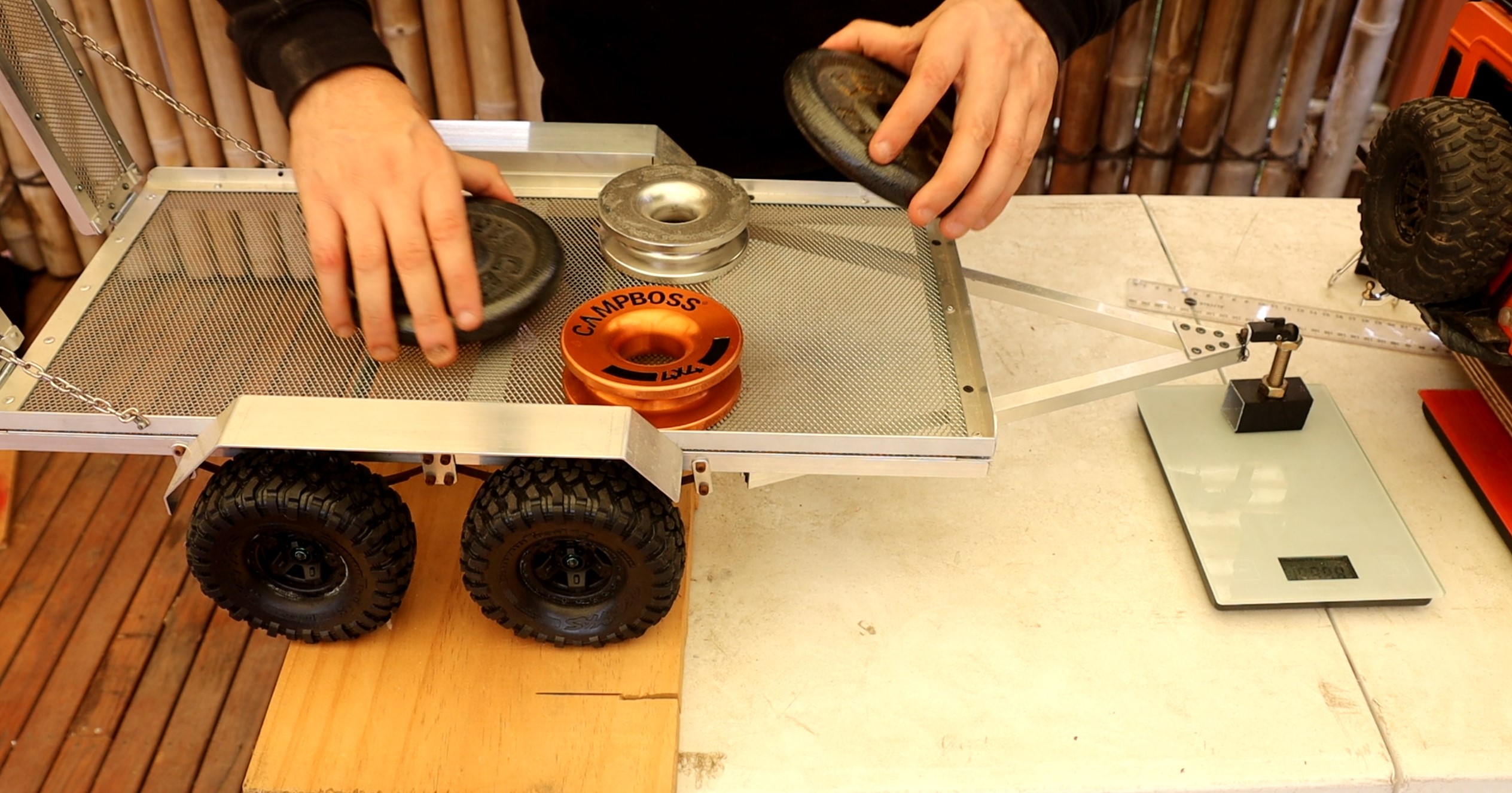
Testing Hyundai’s i20N, i30N, i30 Sedan N and Kona N on a racetrack
It’s not unusual for carmakers to hold events where journalists get to drive sports cars on track. Usually these are rather contrived affairs; you’re limited in what you can switch off on the car, often you have to follow a pro driver, and there’s only a handful of laps. So it’s fun, but not enough to properly get to know a car, especially if you’re also new to the track.
So I was very pleased to spend an entire day driving Hyundai’s N performance range to find out how they perform so I can give you an properly informed opinion based on real-world track driving, using both automatic and manual transmissions. The i20N, i30N, i30 Sedan N and Kona N are all decent motorsport cars, and while there’s a lot of common design and tech, there are important differences in driving ‘personality’ which I explore in the video below:
There’s a few tech explanations in the video, but I actually cut a lot of extra tech stuff out which I plan to make into another video.
What I didn’t go into in the video is pros/cons of FWD (front-drive) vs rear-drive (RWD) coupes; in this price bracket you’re looking at the likes of the Toyota 86, the MX-5 and the Mustang. So in brief; the coupes may not be any faster, and indeed the i30s/Kona would beat an 86, MX-5 and 2.3L Mustang, but they will look more ‘sporty’ and being rear-drive, offer a different, more pure driving experience. Even the Mustang which is more of a cruiser than a track car. The disadvantage of the coupes is lack of practicality; two doors, limited space inside. And of course, RWD means you can drift, or get yourself into all sorts of trouble. There’s no right answer, just pros and cons.
Whichever car you buy, I hope you enjoy it on track!
UPDATE: does the i20N have a rev-hang issue? My view here.


